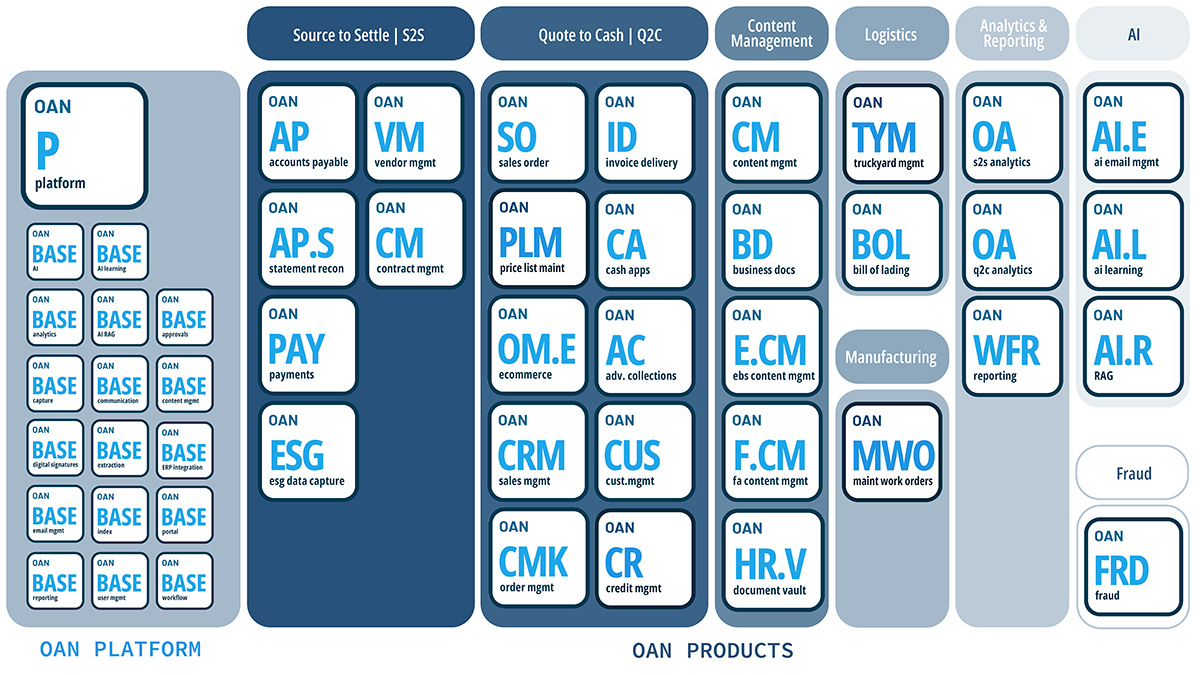Many believe investing in technology will fix everything, but this is not always the case because there is disillusionment about adopting new technology for digital transformation. The analogy of everything appearing like a nail to be hammered means there is no single solution to every automation need.
RPA is available as a single product or a set of programs, created to control other applications and conduct action on computers like an actual person, deriving its name “bot.” A macro-recorder handles all computer languages, and you can use a command to find different content.
For instance, it could read email, pick a portion of its content, and transfer the information to an integrated system.
How does RPA differ from an Excel Macro?
The definition of RPA in Wikipedia explains that the tool differs from other systems as they have features that enable data processing with various programs.
Compared to Excel for handling information, RPA is an extensive tool for business management that integrates with various applications. Although it is a fantastic innovation, implementing it may not initially blow your mind.
Suppose your clients or suppliers require you to sign in to their personalized portal to obtain purchase requests or invoices. In that case, you will need to have an application programming interface.
API enables sending and receiving information from two distinct platforms. If your suppliers are all using different portals, you have to enter into all of them to retrieve invoices and bills. However, RPA automation will simplify the process and yield an outstanding investment return.
Enterprises must consider the expense of personnel training in utilizing portals and the possibility of missing a deal. In addition, consider the possibility of changes to the portal’s interface and be ready for maintenance, as API works differently than the graphical user interface (GUI). RPA systems observe users carry out the steps required via GUI and then carry out the automation by completing the required action again using the same procedure.
When integrating the technology, you must think about AI to have a bot capturing user actions to determine how to complete tasks and automate complicated processes. So, it would help to understand the lifecycle of technology before investing.
Understand Technology Lifecycle
To evaluate the level and potential for technology integration, businesses can use the Gartner Hype Cycle. It is an approach for comprehending the different phases of its integration and might offer information on where the company might incur or avoid additional spending after its rollout.
The widely used technique states that tech has five stages in its lifecycle. It seeks to provide an accurate depiction of the innovation and predict its value and maturity stage. Below are the stages technology passes through:
Technology Trigger
It is the first stage of development. grabs public attention as people consider it a significant development. Those adopting new technology research its unusual characteristics and price tag and anticipate significant customization during its existence. During this stage, only a small number of entities can access the technology.
High Hopes on the Tech
After launching new technology, interested parties will move to invest in it with high expectations of its functionality and benefits. The service providers and sellers utilize it as a keyword in their advertising efforts. During this stage, there is frequently a rise in businesses that overwhelm the market with similar and rival products.
Disillusionment
Not long after a technology innovation, it hits a point where users have high expectations, and unfavorable publicity appears. It is a stage where all the hype about new tech disappears as entities start seeking substantial value to it.
The uptake of the technology declines because it fails to meet demands.
Enlightenment Stage
At this stage, there are positive and negative narratives about the technology. In addition, the original item has undergone updates and enhancements to establish areas for further development. New product versions offer tested fixes for issues and demonstrations of their practical application.
The Productivity Curve
More people adopt technology at this stage as they can get in-depth information about a product and learn the best practices.
Purchasing the technology is easy as developers have ready-made products for digital solutions. During the productivity stage, innovators and vendors grow their businesses as technology adoption is evident across different sectors.
Tips for Successful Sales Order Automation
Here are insights to help with sales order automation strategy;
Determine the Most Important Areas to Automate
Organizations should thoroughly examine their operations before enquiring about RPA, AI, and machine learning. Some technologies or products might be more appropriate than others. Understanding precisely what business automation needs you have is the simplest way to decide what kind of innovation would match your processes.
Select the Best Automation systems
After identifying the areas to automate, the next step is evaluating available options in automation systems. There are numerous service providers, and it is best to pick the best.
Although it might take some time, adequate research and testing are crucial to identifying the best technology to invest in. Look for features that are beneficial to the specific operations you want to automate. User interface matters when determining the best robotics integration.
Plans for Rollout
Businesses must seek ultimate performance with technology integration, and planning its implementation is necessary for optimal functionality. If your company lacks the necessary expertise, it is advisable to work with professionals in the industry.
The tasks include setting up the required safety precautions, preparing the area of operation, and training personnel. Entrenching technology helps in successful implementation, and executives need to create company policies to oversee their digital transformation initiatives.
Continuous Analysis and Improvement
Technology change and continuous system development are essential for success during and after the rollout. Established companies keep improving, adjusting, and updating their technology integrations because the move is beneficial for any firm. It is necessary for improved functioning and return on investment.

